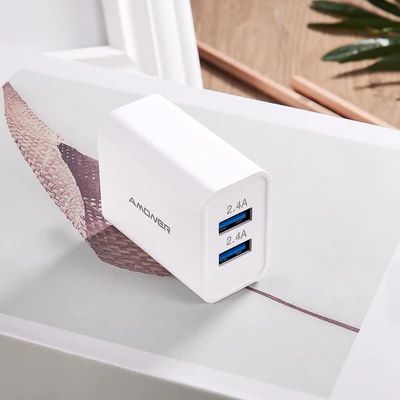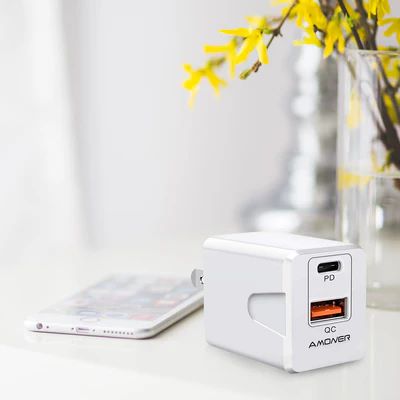10 tips to make your phone more secure
Your smartphone is more precious than your wallet, your keys and in some cases, your actual computer when it comes to sensitive information – but we all have that nagging guilt that we don’t do enough to protect our devices beyond perhaps having a four digit pass code.Thankfully we are here to help with some top-level tips to help make your phone more secure, protecting those all important messages and images that you don’t want falling into the wrong hands.
With around 314 mobiles stolen a day on the streets of London, the risk of things getting out is extremely high.If you’re just the average smartphone user who wants to be a little safer, follow some of our tips below.

1. Update your software
Whether you are running iOS, Android or Windows Phone we will always advise you to grab the latest version of the OS available. This can be a little difficult with Android updates often taking a little while to go through manufacturer and network testing but is well worth it.
Most manufacturers allow you to set your phone to check for updates automatically, so always make sure this box is ticked.
2. Use a secure lock screen
It seems almost nonsensical in this day and age to not have a basic password on your lock screen, even if it is a basic one. One of the first things we’d suggest is to navigate into your device’s security settings and enable a pass lock.
There are obvious benefits to having even a basic lock, but whilst face lock of Android might seem fun it isn’t the most secure system out there, with many Google devices rating the effectiveness of each security system so you can make an informed choice.
Pattern unlocks and pins are some of the most secure but if you can handle the hassle we’d always suggest a full alphanumeric password. Also ensure that any boxes that say “make passwords visible” are also unticked.
If you want to take it one step further then we’d also recommend changing your pass code regularly in case someone spots what you’ve typed in over your shoulder.
3. Install antivirus software
One of the biggest threats that could see data leaked is the less-than-humble virus. The problem isn’t as widespread as on desktop computers, and if you don’t download dodgy software chances are that within a 2 year contract you won’t come across anything malicious, but there is still a credible threat out there.
The problem appears to be less hazardous for iPhones thanks to Apple’s strict controlling of the App store. The open source nature of Android makes it a lot more vulnerable, as malicious apps can be sideloaded onto the device without being checked by Google. In both cases this is something that can be countered through the use of mobile Antivirus software.
The likes of McAfee, AVG and Lookout grace both the iOS App Store and the Google Play store for added security, but obviously be careful of any apps that seem a little suspicious.
If you’re really worried check out the manufacturer’s website as most will come with a link to their mobile app.
4. Disable apps from untrusted sources and don’t root or jailbreak
Whilst it can often be a nice idea to download and install apps that aren’t found on the App Store or Google Play Store, these apps tend to be the ones that are less secure. Google, Apple and Microsoft, as well as the likes of BlackBerry, keep tabs on the apps that are on their app portals.
This means apps that contain malicious code are likely to have been removed before you install them.
Rooting your Android phone or jailbreaking your iPhone can also prove really dangerous, especially if you don’t know what you’re doing. This is because it breaks down your OS and provides you access to the basic code within and if you can get access, malicious code has a much easier route to making changes too.
If you’re more familiar with the world of rooting and jailbreaking then you’ll have taken measures to ensure the security of your device – so make sure you’re certain you know what you want when altering your handset.
5. Use lock code apps and vaults
One thing that can be particularly important for protecting vital messages and pictures is to add a second layer of security. If you’ve got a pass code that somehow manages to get into the wrong hands then all your data could potentially be at risk.
With another app you can then add another layer of security by protecting apps with a second code. Vault apps also allow you to be safe by storing all the files that you want to secure within a dedicated area of your device or on an SD card, as well as being able to wipe the data after unsuccessful log in attempts.
6. Use kid/guest modes
Kid modes, and to a lesser extent guest modes, are also vitally important. The last thing you want is for your child (or your friend) to be messing around on your phone and to stumble across private data, or to later find that they have inadvertently called your boss whilst you’re sat discussing a job interview.
These are now prevalent on most Android and Windows devices, as well as being downloadable via the App Store on iOS, but make sure you know how to get out of them when your child has finished – so many people must have spent minutes locked in a crocodile game because they forgot the PIN code.
7. Keep Location settings enabled
This is something that is less about protecting your device from being stolen or having your data stolen and is much more about getting your handset back should you lose it.
On iOS there is the ‘Find my iPhone’ app which is exceptionally easy to install and use, and a similar technique is available via Android.
This doesn’t require an app, just navigate to Google Play via a web browser, click the settings wheel and hit Android Device Manager. From here you can locate, ring, lock and erase your device if needed.
For Windows Phone go via WindowsPhone.com and log in with your details to spot its location on a map and make it ring, display a message or erase the whole device. If you’re still rocking a BlackBerry, you can use the BlackBerry Protect tool to achieve a similar thing. This needs to be preset on the BlackBerry device, however.
8. Set up a SIM lock
On top of securing your phone, make sure that you’ve locked your SIM if this is important to you.A SIM lock (sometimes called a SIM PIN or SIM Security) is especially important if you’re tied into an uncapped contract, less so if you’re on PAYG. This is because it requires you to input a PIN before you make a call or send a message, vital if you want to ensure that thieves can’t run up massive bills. It’s not the most efficient way to use your phone, but if you’re in a place that worries you, head into your security settings to enable it.
9. Keep sensitive files off your phone
Even better than encrypting your SD card is to make sure the files are never on your phone in the first place.Having sensitive files on your phone might seem really easy, and with it being the device that you are going to have on your person all the time it seems logical to keep files on it. You might even want to be able to edit documents when out and about, and we see no reason not to.






